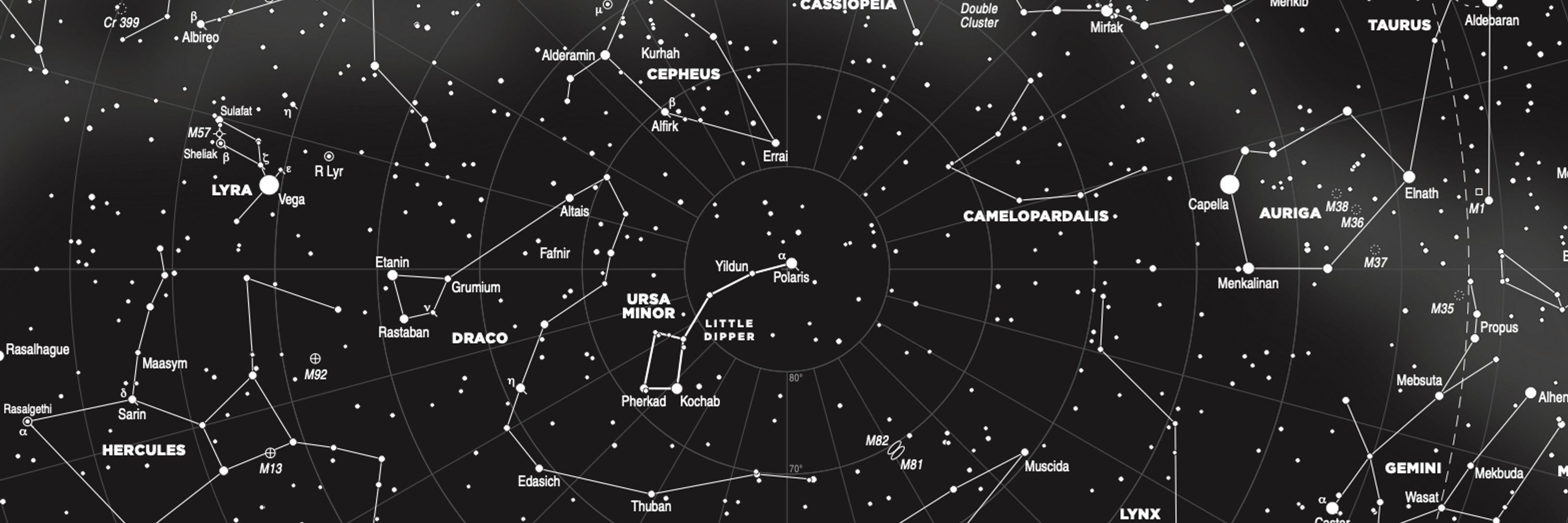
Kym Thalassoudis PhD

#stargazing
#stargazing
#supernova #astrophotography


#supernova #astrophotography
#Sun #solarflare 🔭 🧪
Source: www.swpc.noaa.gov/products/goe...

#Sun #solarflare 🔭 🧪
Source: www.swpc.noaa.gov/products/goe...
Spica is located near the ecliptic making for regular close encounters with the Moon. 🔭

Spica is located near the ecliptic making for regular close encounters with the Moon. 🔭
#stargazing
#stargazing
#Moon #stargazing

#Moon #stargazing
#stargazing

#stargazing
Imaging rig: skymaps.com/ir0/
#astrophotography


Imaging rig: skymaps.com/ir0/
#astrophotography


#stargazing
#stargazing
December 2025 events: skymaps.com/skycalendar/

December 2025 events: skymaps.com/skycalendar/
#stargazing
skymaps.com/skycalendar/
#stargazing
skymaps.com/skycalendar/
#Sun #sunspots

#stargazing
#stargazing
#stargazing #space

#stargazing #space
The days around First Quarter are a great time to view and explore craters and many other lunar features. A telescope will provide spectacular views. 🔭
📖 Exploring the Moon (book): skymaps.com/a1/B0CGL3RN5F/
#stargazing #moon

The days around First Quarter are a great time to view and explore craters and many other lunar features. A telescope will provide spectacular views. 🔭
📖 Exploring the Moon (book): skymaps.com/a1/B0CGL3RN5F/
#stargazing #moon
The distant planet is currently located a few degrees south of the Pleiades star cluster (M45). Uranus is easy to spot with a set of binoculars. Refer to the chart and search for a pale blue "star".
#stargazing

The distant planet is currently located a few degrees south of the Pleiades star cluster (M45). Uranus is easy to spot with a set of binoculars. Refer to the chart and search for a pale blue "star".
#stargazing
🌟 The next few days remain a great time for evening stargazing. Download The Evening Sky Map (PDF) (skymaps.com/tesm/) and enjoy exploring the Universe with your eyes, binoculars or a telescope! 🔭
#stargazing #space

🌟 The next few days remain a great time for evening stargazing. Download The Evening Sky Map (PDF) (skymaps.com/tesm/) and enjoy exploring the Universe with your eyes, binoculars or a telescope! 🔭
#stargazing #space
#stargazing
#stargazing
#stargazing
#stargazing
Lore: Skymaps.com/myths/

Lore: Skymaps.com/myths/
#stargazing

#stargazing
Live Stack: 13x30s. Rig details: skymaps.com/ir0/
#comet #cometLemmon

Live Stack: 13x30s. Rig details: skymaps.com/ir0/
#comet #cometLemmon
#stargazing #Moon




#stargazing #Moon

